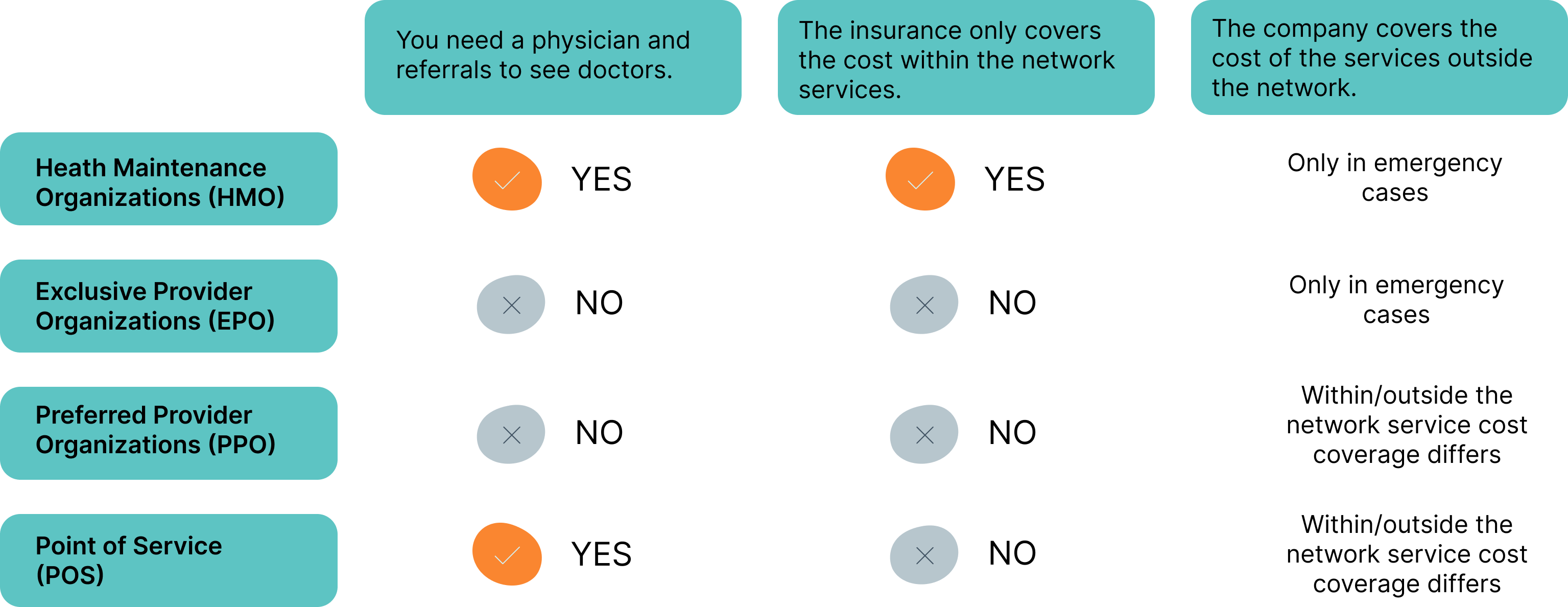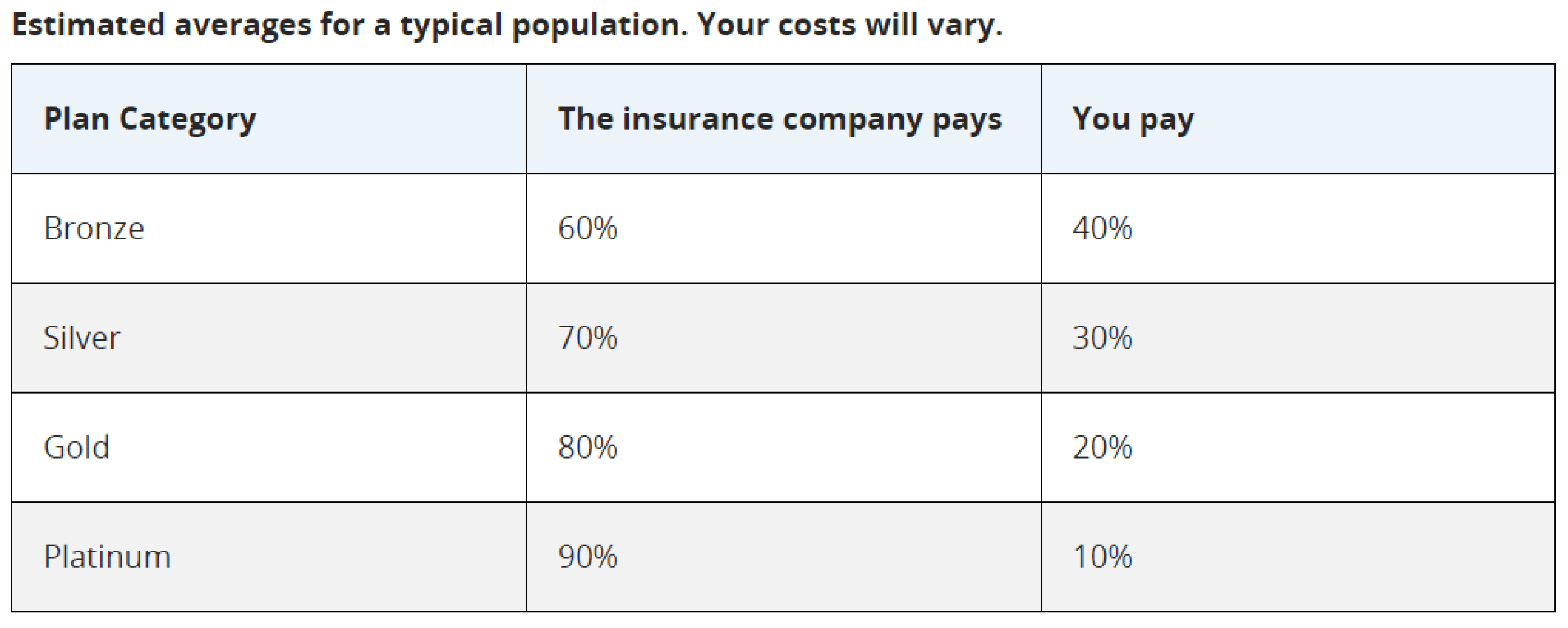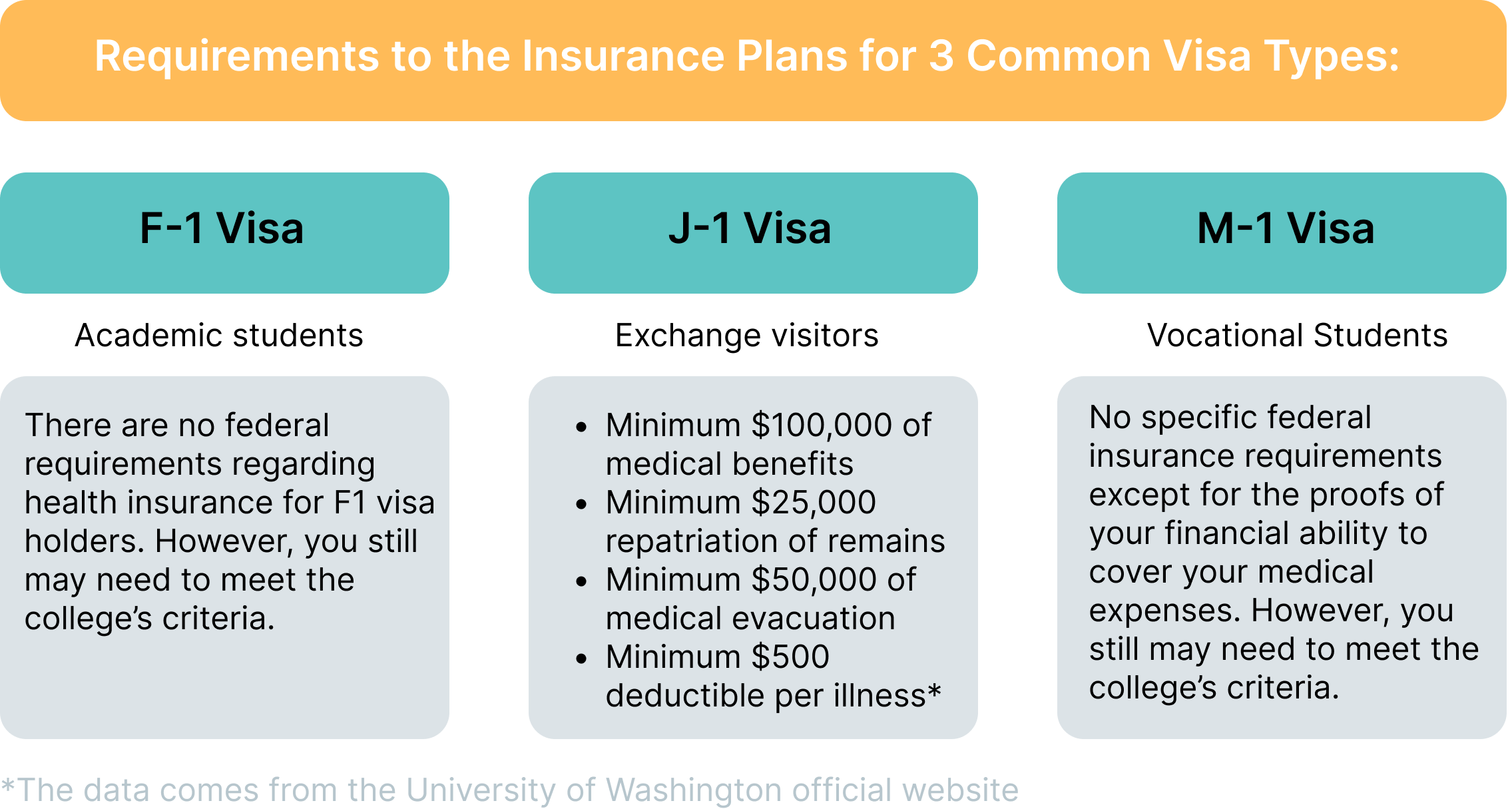Health insurance for international students in USA is a crucial step toward getting an education. Caring about your health does not require any motivation. However, the health insurance for students in the USA is more than just that. You need insurance for a few more reasons, so let’s discuss what they are and how to pick the most suitable insurance plan for your specific requirements.
Why Health Insurance Is Essential for International Students
There are a few crucial reasons why international students need health insurance while studying in the US:
- Protecting your health, both in regular and emergency cases
- Preventing the full payment for the extremely expensive healthcare costs in the US
- Fulfilling a requirement for college enrollment
- Meeting a health care requirement for the visa
Having insurance means that many people pay monthly to keep their plans in the case of an emergency or health issue. Only some of these people will ever need help, so the customers get their safety, and the insurance company gets the business.
Types of Health Insurance Plans Available in the USA
Insurance in the United States is structured with two key systems: the “metal tiers” and the network-plan categories. Although the system might sound challenging, there is an easily understandable logic behind it.
Key considerations when choosing a health insurance plan
The very first consideration when choosing the best insurance for international students must be understanding how the whole system works and its components. So, let’s cover that first.
Before 2010, the insurance system in the US was pretty chaotic. There was a great variety of insurance plans, each with its benefits and drawbacks. In 2010, President Obama introduced an act that made a few serious changes to the insurance and healthcare sectors. In particular, the changes introduced two plans’ sorting systems:
- Metal tiers
From 2010, all insurance plans were sorted into four categories: bronze, silver, gold, and platinum. These categories reflect the ratio between care coverage, the plan cost, and a few more insurance variables.
- Network-plan categories
This system reflects the level of freedom and flexibility the customer has when choosing the healthcare provider. Healthcare insurance networks bill the patient’s insurance within the particular network’s rules. Here are the four major categories with brief explanations:
Each of these plans proposes different correlations of sums and percentages for the customer and the company to pay. Each plan also proposes different sets of rules, but they all have some key terms in common. To choose the best health insurance for international students in USA, you must understand the major ones:
- Premium: You pay some fixed amount to your insurance company.
- Co-payment: Even though the insurance covers some of your health expenses, you must pay a fixed sum each time you see a doctor or get a service.
- Deductible: Before your insurance company starts to contribute, you must pay an out-of-pocket sum. Let’s say your deductible is $1000, and through the year you have multiple appointments. In the first one, you were charged $900, so you fully covered that sum yourself. In the second one, the bill was $300, making $1200 in total. The insurance company starts to contribute to your health cost coverage as soon as you reach your $1000 deductible.
- Co-insurance: Depending on the metal tier category of your choice, the insurance for the international students in USA proposes different share deals. Here are the official deals from the government-operated healthcare website:
The role of universities in providing health insurance. Two ways of getting health insurance for students
So, you now understand the basics of the “international student health insurance USA story.” You know the terms and the types. But which of them are applicable to the students, and where should you look for health insurance requirements? There are two most common ways to get health insurance for international students:
- Using the university health plans
This way, the university covers all legal issues with international students’ health insurance. In some cases, your insurance costs will be included in your tuition bills.
- Searching for health insurance companies and brokers in the ACA marketplace
If you need more freedom in choosing the cost, the volume of services, and the suppliers, you will need the ACA health insurance marketplace. This option can be more risky if you are looking for the best international student insurance, as there are numerous plans and providers. However, you may choose private health insurance if you have some special health needs or risks. This way, you will have more control over the coverage benefits, health services access, and budget.
Understanding the Coverage: What’s Included in Student Health Plans
According to the Affordable Care Act, the medical coverage of any insurance plan must check the boxes of ten central health benefits. This is called minimum essential coverage (MEC), and it includes the following services:
- Ambulatory care
- Emergency response
- Hospitalizations, surgeries, and overnight stays
- Pregnancy and maternity insurance
- Pediatric services
- Mental health support
- Medication prescription
- Injury and disability rehabilitation
- Preventive medical means
- Laboratory research and testing
As the insurance for international students aims to cover only the newly gained traumas and illnesses, some plans may not have preventive or mental health check-ups.
Health insurance for international students in USA must also meet the visa requirements and university enrollment requirements. Here are some central requirements for the most common visa types:
Navigating Health Insurance Costs and Budgeting for Students. Practical Examples and Tips Included
Apart from considering the plan’s coverage and accessibility, students often question the budgeting for health insurance. So, how much does the average health insurance cost in the USA? As said before, the costs of insurance are not a simple one-sum payment. Let’s discuss the most common plans’ components in more detail.
1. Monthly premium
According to Forbes, the average monthly premium for a 21-year-old person varies within the following borders:
a) About $407 for the plan provided by Exclusive Provider Organization
b) About $374 for the plan coming from a Health Maintenance Organization
c) About $451 for the Preferred Provider Organization plan
What does that mean? Before choosing the best health insurance for students, you must consider your needs. Here are some generalized guidance questions that may help you choose your plan:
- Do you have some special health needs, disability type, tendency, or predisposition to illnesses and traumas?
This may include dental care, eye care, or being a part of the athlete team. For the sport’s participants, some plans provide exclusive services and insurance guarantees.
- Is it expected that you may need the service of some particular clinics across the US that are not in the network of the insurance company or university?
For instance, cancer patients who are successfully in remission may need to pass annual check-ups with their usual doctors. In that case, it is reasonable to look for insurance based on the location/network principle.
- Do you tend to get colds or other minor illnesses? Will it be more reasonable to pay lower monthly premium costs or to pay less visit-based out-of-pocket checks?
If you don’t expect to take prescription drugs or visit doctors regularly, you must be fine with the most basic plan, requiring low monthly payments. However, if you are a frequent hospital visitor, you must opt for a maximal reduction of your per-visit cost.
2. Deductible
According to the KFF Employer Health Benefits Survey (2022), here are the average deductibles for single coverage by plan type:
- HMO – $1,000-$2,000
- PPO – $500-$3,000
- POS – here, the numbers vary the most, fluctuating from $500 to $3,000 and more
- EPO – up to $1,000
Although $2000 to $3000 are quite significant volumes, remember that it is NOT the input you have to give away to the insurance company. It is the amount of money you pay for the healthcare services before the insurance starts to contribute.
The value of the deductible depends on how often you may need healthcare services. If you have no predisposition to it, do not take that factor too seriously. However, just to be safe, try saving the money for emergency cases.
3. Co-payment and co-insurance
The importance of monthly payments and the volumes of co-payment and co-insurance are competing variables. If you are not afraid of getting ill, choose the plan with the lowest monthly payment. If you want to be safe, consider reasonable co-payment and co-insurance.
For instance, you have a $20 co-pay amount. You will pay $20 out of your bill every time you see the doctor. Let’s say you also have a 20% co-insurance. It means that out of each $100 of the bill, you will pay $20 after meeting your deductible. In summation, you pay $40, and the company pays $60 out of each $100. It is not a problem if you rarely need medical services. However, if your annual bill extends up to $5,000, you better search for a plan that covers up to 90% of your expenses.
Comparing private and university-sponsored insurance plans
To have particular insurance policy details, let’s explore some real cases. We will take one example of the health insurance provided by the company and one provided by the university:
1. Student Health Advantage plan by International Medical Group Company
The main points about that program are the following:
- The maximum coverage limit is $500,000
- The co-insurance ratio is 90% paid by the plan and 10% paid by the insured person (80% and 20%, respectively, for the out-of-network services)
- The deductible is $1,000
2. Student Health Plan at Cornell University
Cornell University automatically adds all enrolled international students to their student health plan. Here is an overview of its main benefits:
- The out-of-pocket limit is $3000. It means that if you pay that sum out of your pocket within the year, the insurance will cover 100% of all your further expenses.
- The deductible is $0.
- You don’t need a referral to see a specialist.
These are just two examples of how the insurance plan may look. Depending on your situation, all the listed factors may vary. Altogether, to choose a health insurance plan, students must consider insurance costs, service and university policy, location, and visa requirements. If there are any remaining questions, let us know, and good luck with picking up your best insurance plan!
FAQ
- What are the health insurance requirements for international students in the USA?
Health insurance requirements for international students are the means of protecting them. Some countries have less expensive healthcare systems, so by getting to the US, students face completely new circumstances. Healthcare insurance requirements make sure the students are safe during their studies.
- How can international students budget effectively for health insurance costs?
To budget effectively, you must precisely know your health needs and your average chances of getting ill during the year. You must also learn how the insurance system works, what its key terms are, and what plans are available in your region.
- How do university-sponsored health plans compare to private insurance?
Compared to private insurance, university-sponsored health plans are much easier for students but also more restrictive.







